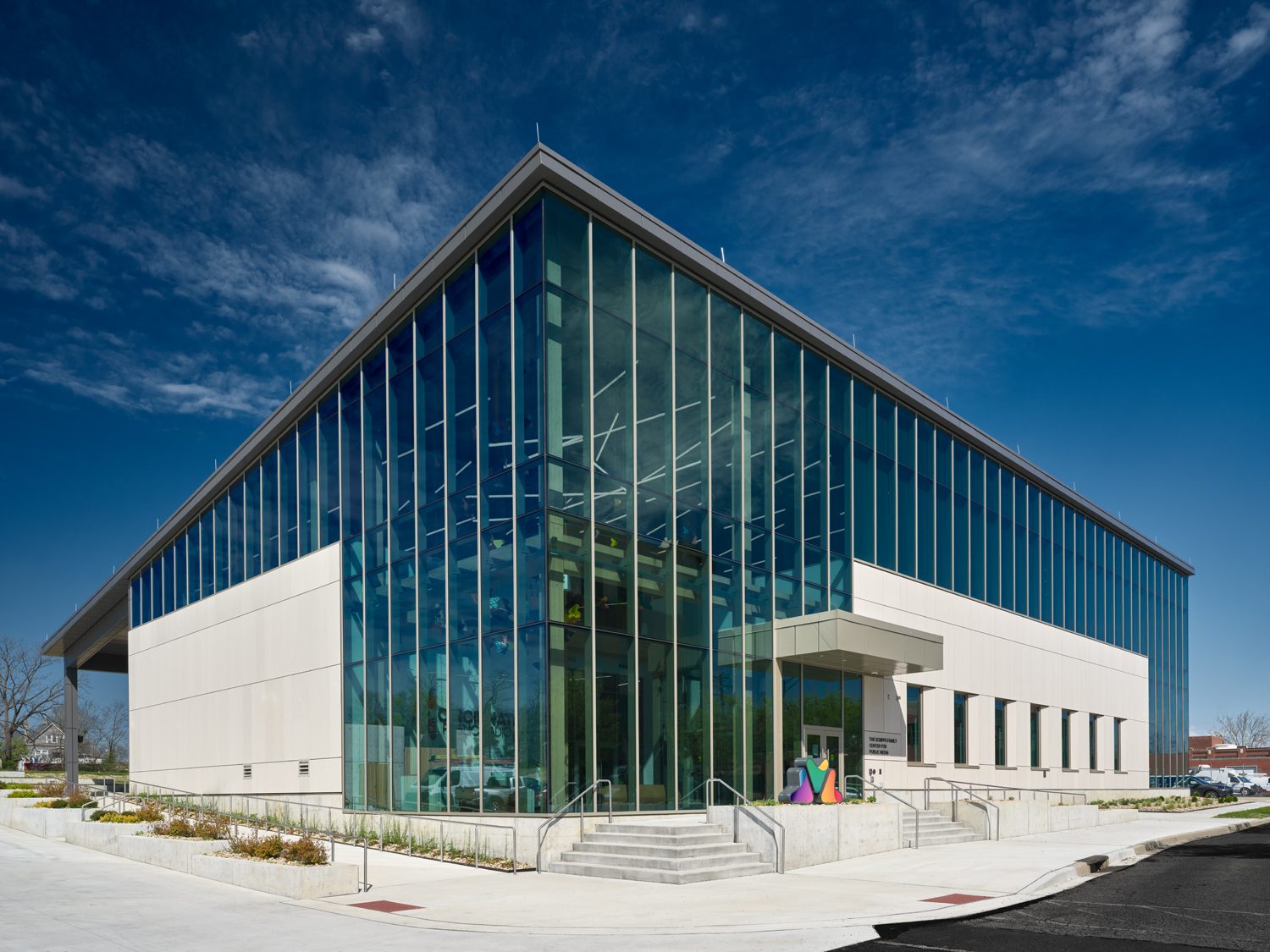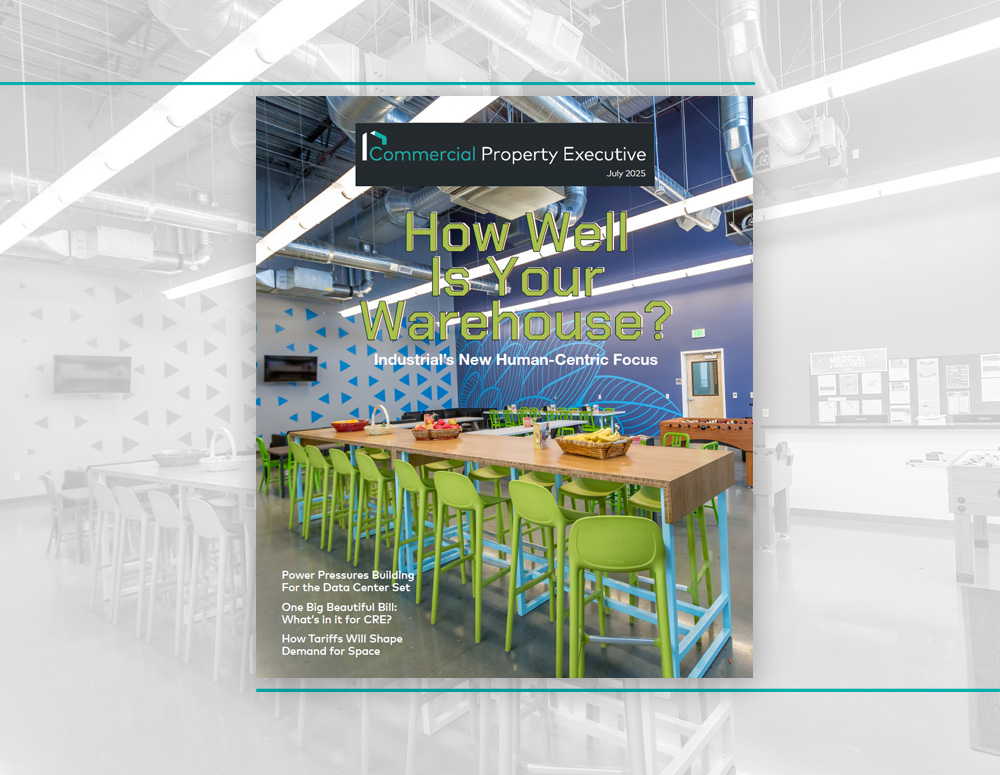M-F Property Financing: Looking Beyond the Numbers
By Flynann Janisse, Executive Director, Rainbow Housing Assistance Corp.: Developers who do not take a holistic approach to their analysis of a multi-family property will find that in the long run numbers alone may not work.
By Flynann Janisse, Executive Director, Rainbow Housing Assistance Corp.
Developers often evaluate multi-family properties based solely on their financial statements. After all, at the end of the day, the deal needs to pencil out and the community must show a positive net operating income. Given the amount of regulations and requirements that affordable housing developers face, those that do not take a holistic approach to their analysis will find that in the long run, the numbers may not work.
In the current market, developers and investors who look beyond the balance sheet at other issues that ultimately cause financial challenges are finding their investments are more secure and stable. A relatively new approach has entered the market: including service-enriched housing programs that ultimately stabilize the tenant base on a personal and financial level.
By creating programs that offer the tenants education in basic life skills – such as balancing a checkbook, creating a resume, or interviewing for a job – renters become bonded to their living environments and begin to take pride in creating a more stable home life. The effect is that housing becomes a key component in the resident’s life, and as such they are likely to stay longer, reducing turnover, and ultimately stabilizing the developer’s asset.
Some of the core services that have successfully been implemented focus on education, employment, underemployment, financial intelligence classes and assistance, youth and senior programs, resources to eliminate emergency situations, and social development in a multifamily community. Studies have shown an average of 8 percent decrease in vacancy loss in the year after tenant programs such as these were implemented within a multi-family property or community. After a two-year period, bad debt write-offs and turnover costs decreased by 34 percent and 21 percent, respectively.
When multi-family housing is a primary product type for an investor’s portfolio, running the numbers is critical. Today, however, given the impact of the economy and the changing dynamics of today’s families, advancing the social and economic skillset of the tenant base is certainly critical to the financial success of a project. For those who do have the foresight to take a holistic approach to developing and managing their properties, they simply find that the return on their investment defines the saying “the money was well spent.”








You must be logged in to post a comment.